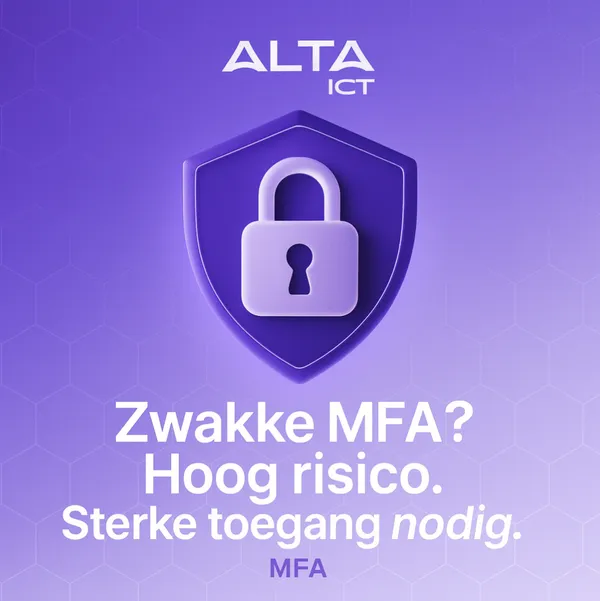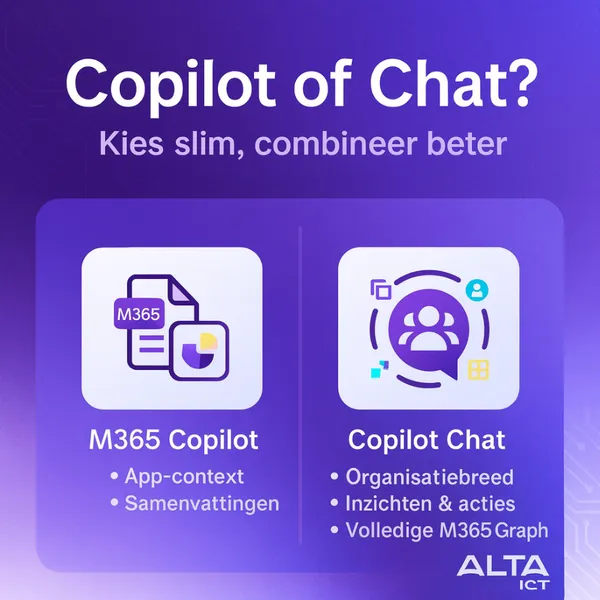
Knowledge base
July 17, 2020
Learning remotely new school year
What teachers have learned from remote learning prepares them for the new school year
While this article was written, the class for many schools and universities around the world may be in session – most likely online – in session. The last few months have turned the way we teach and how we learn upside down. Many teachers and teachers have often incorporated new tools into their lessons for the first time. And students are experiencing new learning methods that will have an important, lasting impact. With this transition, it has become clear that, with the required physical distance between teachers and students, it is more important than ever to help teachers find ways to connect with students and keep them engaged, motivated, and safe in a digital world.
Hybrid learning environment vs. technology
Many signals point to the continued use of remote and hybrid learning digital tools until the fall and beyond. We’ve asked nearly 500 members of the Microsoft Education community, who represent teachers and institutional leaders from around the world, to share what they’ve learned while teaching remotely. We found that 61 percent expect to start the next school year in a hybrid learning environment – a mix of distance learning and personal learning – and 87 percent expect to use technology more often than ever after classroom teaching has resumed.
Read on for insights from educators, parents, and institutional leaders on what we’ve learned together from the transition to distance learning this year, how they’re preparing for fall, and the new ways we support their learning remotely and hybrid needs.
For teachers, traditional lesson plans don’t always translate digitally – and in many cases, teachers find they can’t recreate the school day with live sessions only. According to our community of teachers, more than half said that “keeping students digitally engaged” and “student participation” are the biggest challenges they faced in learning remotely.
New forms of remote learning require a new way of thinking to create engaging, engaging, and inclusive content. To ensure strong student engagement in various activities and maintain secure digital classrooms, teachers are turning to a central hub of digital remote learning tools. In fact, more than 150 million students, faculty, institutional leaders, and teachers have actively used Microsoft Education products – with Teams for Education as that hub – to engage students in distance learning.
As students, teachers, teachers, institutional leaders, and families prepare for distance and hybrid learning in the fall, we want to support them in the best possible way, which is why today we’re announcing several new Teams experiences:
For teachers, seeing all the faces of their students at the same time makes a big difference in student engagement and social and emotional connection. That’s why we’re expanding a general availability preview this month and expanding Teams’ grid view to 7×7, which seats up to 49 attendees on one screen at a time. In the fall, teachers can create virtual Breakout Rooms so students can meet and collaborate in small groups.
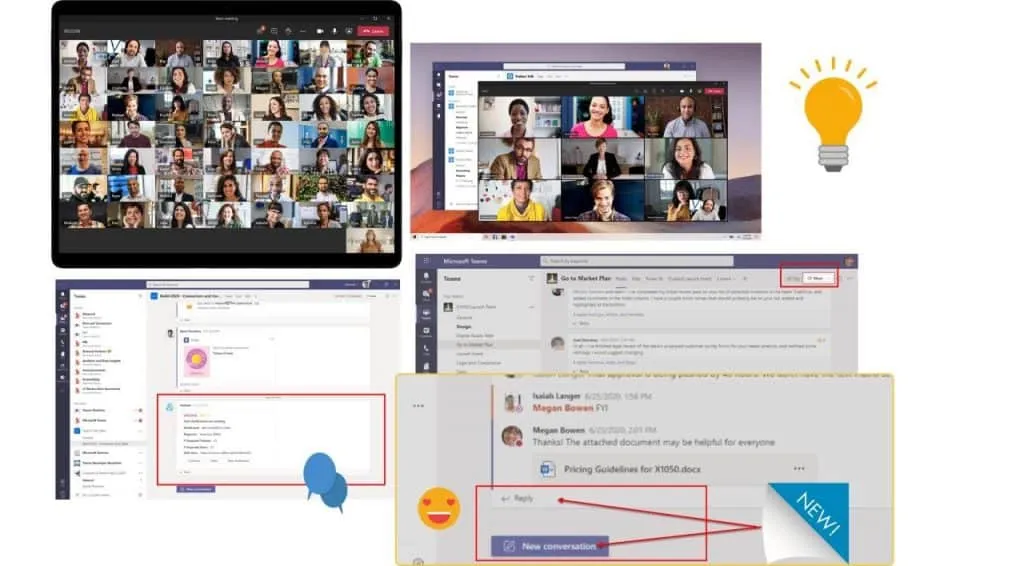
- Teachers also need more options to ensure that every student can participate and that every voice is heard. In Teams for Education, students can raise their hands during class meetings. Teachers can also view attendance reports and Class Insights, an intelligent analysis of data analysis that shows how students interact with the classroom, including submitted assignments, activity statistics, and grades, with a new trend view coming in time for the fall.
- For teachers, it is crucial that the safety and control of the student is maintained. This summer, we’re adding new meeting options in Teams that prevent students from starting unattended, letting teachers control who can present in a meeting, and give teachers the ability to create a meeting lobby to ensure that only assigned students can attend a meeting. Microsoft’s approach to privacy and security, which supports more than 90 regulatory and industrial standards, including the Family Educational Rights and Privacy Act (FERPA) for the safety of students and children.
Within digital classrooms and lecture halls, remote education has undergone a major transformation within a few months. Shortly after school buildings and campuses were closed, teachers realized they needed more than videoconferencing opportunities to shape their students’ learning outcomes. Now online teaching has evolved from trying to recreate the school day to a more flexible system with recorded and live sessions, homework help hours and self-directed assignments.
“Most of our teachers had never made a video or opened Teams before COVID-19, and within a few weeks they learned how to use Teams to teach, meet small groups for support and connection, and grade assignments, and one-on-one with students,” said Kelly Aramaki, executive director of schools in Bellevue School District in Washington state. Math teachers use OneNote to show students their work and document their thoughts while teachers provide live feedback. Teachers use the Forms quiz feature at the end of their lessons as ‘exit tickets’ to check the students’ understanding. “
In addition to the classroom, we know that school is more than homework, assignments and quizzes. It’s about the connection that takes place in corridors and cafeterias that enable social-emotional learning: a crucial process for developing the self-awareness, self-control and interpersonal skills needed for success in school, work and beyond.
Stimulating creativity
Schools are also a place to stimulate creativity. Walk into an elementary school classroom and you’ll see student art projects on the wall. By going to a play or choral concert at school, you will experience the talent and joy of students for learning and self-expression. Unfortunately, we cannot experience these moments in person in the current environment. But with tools like Flipgrid, students can express themselves and bring their own voice and creativity to life. Flipgrid is a free social learning app that connects teachers and students via video, and since March, more than 25,000 new teachers from more than 180 countries have signed up on average every day.
In addition, in their quest to keep students engaged in distance learning, teachers also focus on game-based learning to maintain attention span, create a sense of community, and enable students to express their creativity. The New York City Department of Education and its teachers this month launched a district-wide program for every student enrolled in a K-12 school, challenging them to use Minecraft: Education Edition to design and share a public space in their neighborhood or community through a virtual tour on Flipgrid.
The power of Flipgrid and Minecraft
With the ability of Flipgrid and Minecraft: Education Edition to illuminate student creativity, and the new features in Teams to help teachers keep students engaged in a safe environment, we hope that teachers with any form of learning will feel prepared in the fall.
Parents and caregivers are part of the new education team, helping students navigate schedules and new systems, ensuring that lessons are accessible and distractions are minimized – while balancing their own responsibilities.
As parents and carers, we now find that we offer additional support to students who switch to distance learning – in addition to our own day-to-day responsibilities and work. Something none of us could have anticipated a few months ago.
Immersive Reader
Students learn at different speeds and learning styles, which can be particularly challenging in a remote learning situation. To enable parents to support students of all reading levels or those who have difficulty reading or writing due to dyslexia or dysgraphia, we have built learning tools such as Immersive Reader into our educational experiences, including Microsoft Word, Microsoft Edge, Teams, OneNote, Flipgrid and Minecraft: Education Edition. Today, Immersive Reader employs more than 23 million people with dyslexia and learning disabilities every month. We recently announced that Immersive Reader has been integrated into our Microsoft Edge browser, allowing students to choose how they want to read online and help caregivers remove distractions.
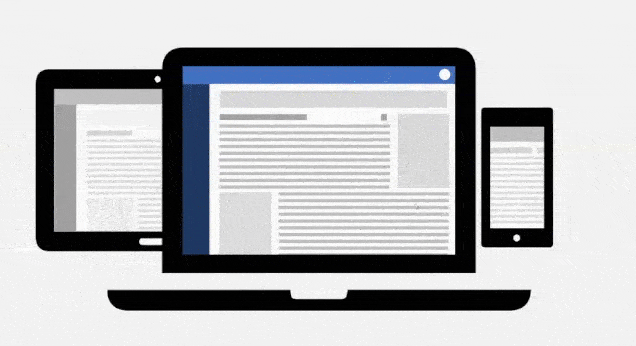
Customize your own images
Finally, people in this new environment share working, living and learning in spaces at home. Being able to participate in video calls in the classroom while keeping their homespace private is important to many students. New custom background options for Teams are now available to students and teachers. In addition to using background blur and pre-selected background images, students and teachers can now customize their own images and personalize their own learning space as a result.
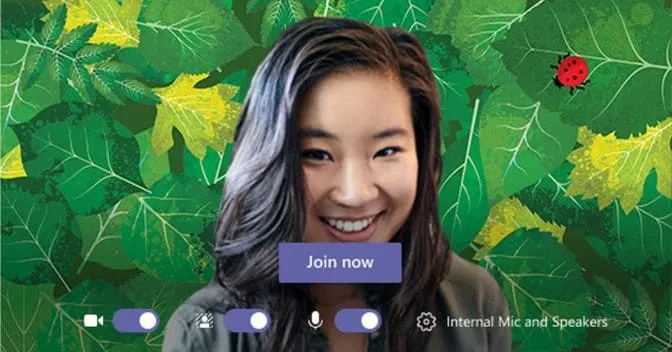
As far as the future is concerned, the role of parents and carers as part of the education team will become even more important. By giving parents more flexible access to their children’s virtual classrooms, such as the access parents need to have to classify OneNote documents and weekly Teams for Education summary emails, we want to help parents navigate new educational approaches.
For institutional leaders, one of their biggest challenges in the transition to distance learning has been to ensure staff readiness and increase teacher confidence in distance learning.
Since the pandemic struck, we’ve seen that entire countries like the United Arab Emirates (UAE) and entire counties in the United States, such as Broward County in Florida, have switched to remote learning within weeks. For example, within 14 days, the UAE moved all its 650,000 students to Teams for the first time. Broward County, with 271,517 students, made a similar shift to Teams within two weeks.
A quick transition brings incredible coordination with parents, teachers and students. Leaders like Dr. Sylvia J. Diaz, assistant superintendent of innovation and school choice at Miami-Dade County public schools, is tasked with providing solutions and training to staff with different experiences and comfort levels around the use of technology in and outside the classroom.
“Like so many teachers in our country have started to learn, the transition from physical masonry to remote instruction is complex. “It requires content, tools and support for teachers and students,” Diaz said. “It requires a lot of communication and new ways of communicating with students and families. And even if you have all the things you need, it’s a challenge to put them together in a way that allows you to provide meaningful instruction and robust learning opportunities. “
Institutional leaders have also told us that going online was more than just remote instruction – it was about implementing a solution that lets departments run smoothly and grows with the changing needs of students and staff.
“I am incredibly proud of the way my colleagues at Durham University have taken on the challenges of putting our education online, working from home and making important decisions remotely,” said Stuart Corbridge, vice-chancellor and director of Durham University in the United States. Kingdom. “The rollout of Microsoft Teams across the university has made these changes significantly possible – without Teams, we wouldn’t have made such progress in a few weeks.”
Even with all the incredible work we’ve seen so far, administrators and institutional leaders have recognized that they are navigating uncharted territory and that more needs to be done to ensure that all students can participate. Last month, we hosted a Virtual Transformation Summit, where 200 education ministers from around the world gathered to discuss equality, the role of education in society and future educational models.
Many ministers who took part in the conversation noted that creating accessible education should be a top priority for all. Accessibility has always been at the heart of our approach, and this includes new experiences such as Microsoft Translator for Education, which allows teachers to communicate with students and their family members in their native language and support reading and reading through text and audio.
At the summit, school leaders also cited public-private partnerships as crucial to the future success of educational institutions. We work with a number of global non-governmental and non-profit organizations such as UNESCO and UNICEF to leverage our technical expertise to support communities around the world with the highest need.
Teams for Education now includes integrations
Finally, the summit participants also mentioned the important role of technology in supporting hybrid learning models that are responsive and part of a high-quality education system. More than ever, teachers and school leaders need secure digital tools to help them connect and collaborate with teachers, students, and families. The new features in Teams, as well as the interoperability we’ve unlocked with Teams and the most widely used learning management systems, are just some of the ways we work with educational leaders to meet their needs. Teams for Education now includes integrations with Kahoot, Prezi, GO1, Nearpod, Piazza, Gaggle, Moodle and others. And we continue to add partner integrations, making it easier for schools and universities to use Teams.
By sharing best practices and ongoing conversations, we can work together to improve the educational experience for everyone. Teachers, administrators, and institutional leaders can now share their stories and tips or ask questions about the Remote Learning Community.
With more than 6,000 members, educators from around the world provide professional development tools and coaching to complement what they receive from their individual administrators and districts. We’ve also made our Microsoft Store Learning Experts available to support educators and families with new resources and workshops.
As schools and universities continue to evolve at a rapid pace, there is expected to be more learning – together – and to serve as a place for conversation, connection and help, as administrators and institutional leaders prepare for whatever the next year brings . Looking ahead, learning and learning is changing for the long term.
As we reflect on the past few months and the inspiring efforts of teachers, families, teachers and institutional leaders to stay connected and support students, there is no denying the integral role of education in our society. The connection between students and teachers is at the heart of quality education – and that connection and commitment must continue, regardless of our physical environment. A new educational paradigm is here with the potential for fluent, student-oriented learning, unlimited through time or space.
We are incredibly inspired by educators and families who learn remotely and plan for what is to come. We recognize and celebrate you all as heroes, and we are committed to learning from your achievements and creating technology to meet your needs. Visit our remote learning site to see how we can help.
Blog: Microsoft Education.
Want to know more?

Related
blogs
Tech Updates: Microsoft 365, Azure, Cybersecurity & AI – Weekly in Your Mailbox.


